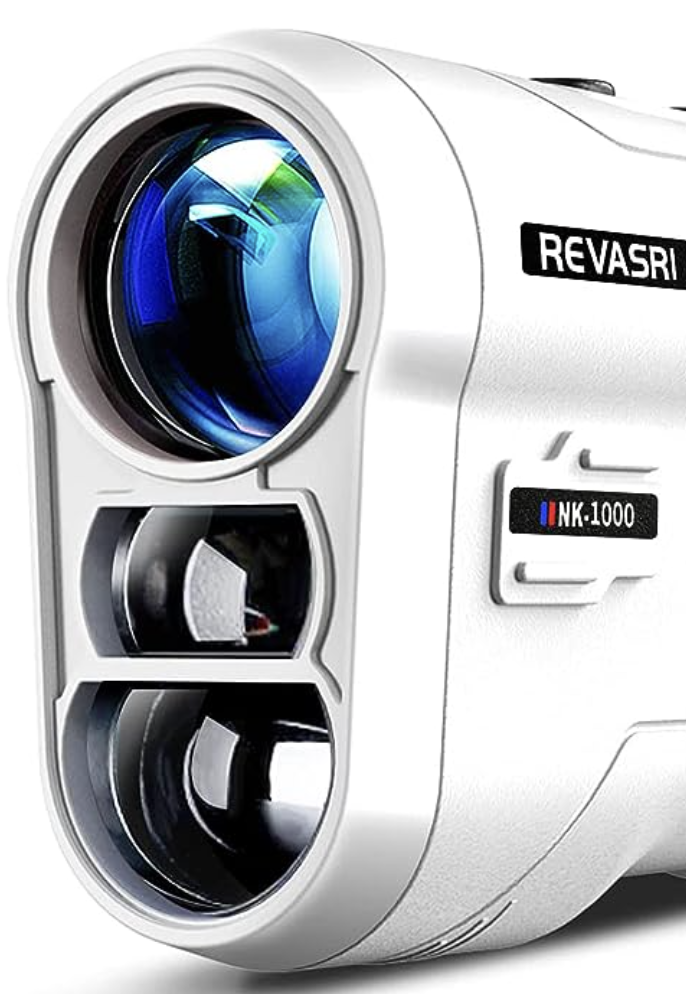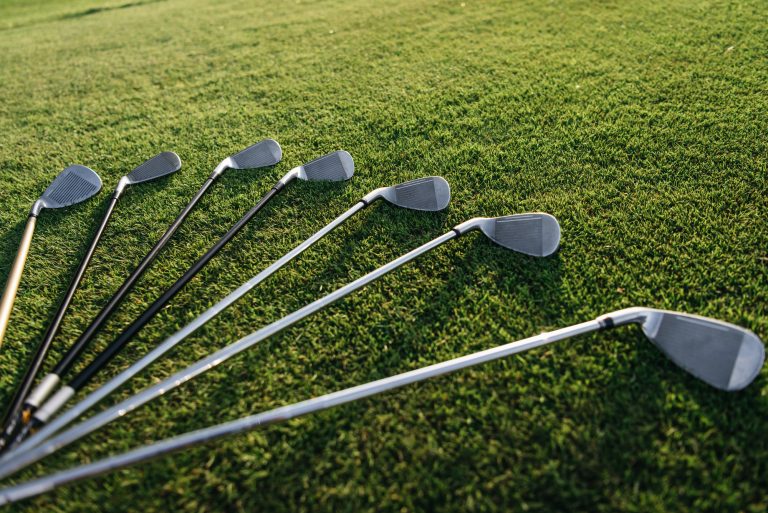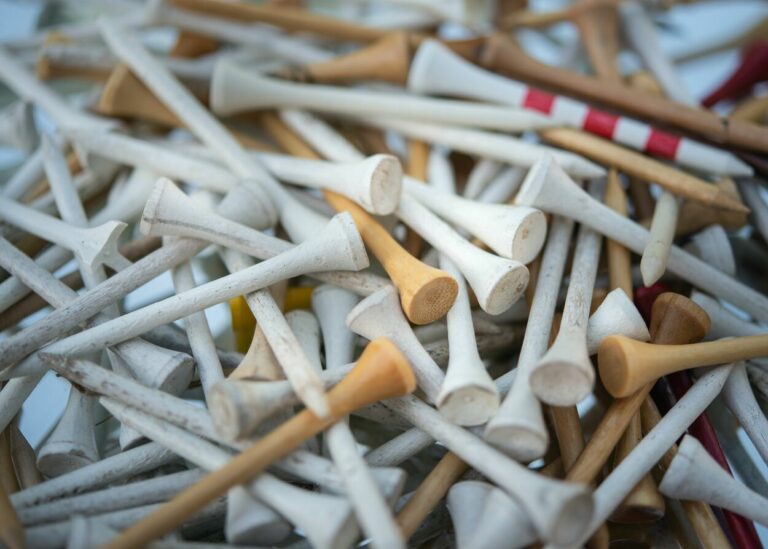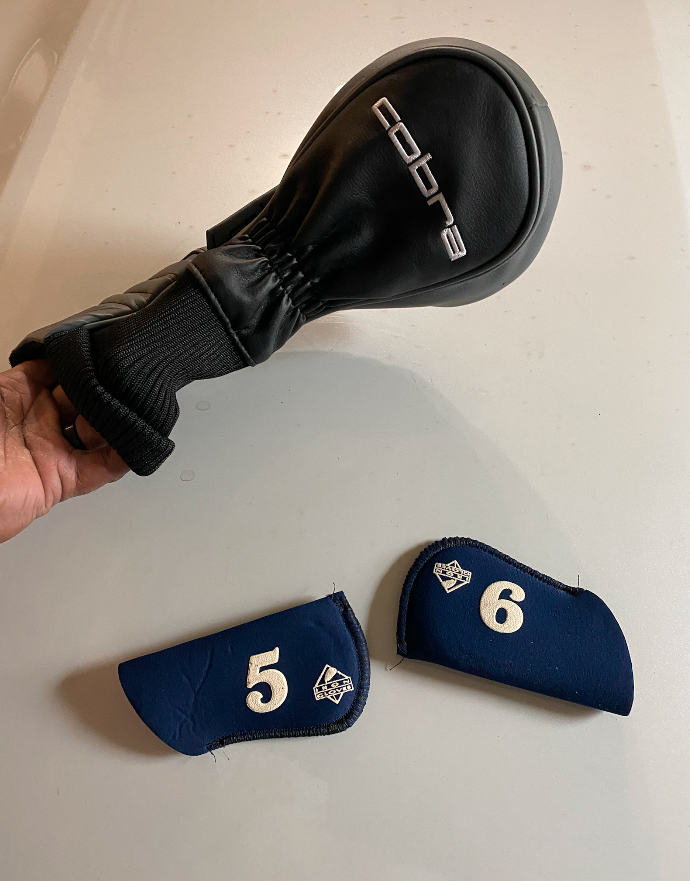Why Are Golf Wedges So Expensive? (Revelation)
One of the most significant first purchases I made when I finally got serious about embracing my golfing addiction was a few wedges. Acquiring your first set of golf clubs or a new one for more experienced golfers can make decent holes in your pockets.

Typically, research, development, type of material, and the level of manufacturing technology can make golf wedges so expensive. To develop a golf club that delivers optimal performance. You need lots of money to blend science, engineering, and sports experience.
Please read to the end as I explain why golf wedges cost an arm and a leg and know the answer to other frequently asked questions about wedges.
Why Golf Wedges are So Expensive
Factors contributing to the overall price of these specialized golf clubs include:
Research and Development
You’ll hear the terms research, development, and innovation in almost all spheres of life, and the same applies to the golf world.
The game has constantly been evolving and changing to suit the needs of the modern golf player. Note that lots of funds are used up, which must be accounted for in the end product.
Big companies like Callaway and Titleist invest millions of dollars to ensure the next generation of wedges is crafted to perfection. Improvement and fine-tuning require experts like technicians, engineers, and physicists.
Just remember you pay for some of these factors of production whenever you purchase a golf wedge.
Materials
Wedges, as well as other golfing clubs, are made of metal and other hard materials. Steel is sturdy, durable, and cheap but must undergo an intricate manufacturing process to produce your favorite wedge. Some of these materials are imported, which comes at an added cost.
This contributes to the final price of the product.
Graphite is becoming more common in modern golfing clubs, including wedges. The material is flexible, lightweight, and absorbs vibration compared to steel and iron.
The downside is that it is less durable and costs more than other materials.
Therefore, a graphite club is much more expensive than an ordinary one.
Check out my other article: Are Golf Clubs Recyclable?
Manufacturing
At first glance, a wedge is just a simple piece of equipment. It’s just a three-piece metal rod with a funny-shaped head on one side and a rubber grip on the other. But there is more to the ordinary wedge than meets the eye, making them expensive.
The oddly shaped metal rod is a marvel of modern sporting science; many intricate details go into the whole thing. I was surprised to find out that, at times, it takes a combination of three distinct technologies to produce a single wedge.
Artificial Intelligence and 3D printing are just some expensive technologies used to make the modern golf club.
In summary, if you think a wedge is too expensive, consider all the factors and processes the manufacturers go through to produce top-of-the-art sporting equipment.

of Callaway ERC Triple
Track Golf Balls for
yourself or your buddy!
How Much Should I Spend on a Wedge?
In most stores, prices range between $70 and $200 depending on several factors. Wedges are expensive, like all golf clubs, and not many middle-income earners can afford to get a new set now and then.
You can get a new wedge to replace the old one for as low as $70.
Factors that determine wedge prices include material, quality, and brand. Recognized brands tend to charge more than entry-level brands for the same rate.
How Often Should You Replace Golf Wedges?
According to Titleist, you should change your golf wedge every 60-75 rounds. Many golfers argue that there is no set rule since many variables are at play.
The level of experience and the kind of conditions the players play in will all affect the wedge’s lifespan.
The material is the first determinant. Not all wedges are manufactured from the same material, and some materials have extended longevity.
For instance, a cast wedge will easily outlast its forged counterpart.
The second factor to consider is practice.
I frequently practice with my 56 and 60-degree wedges, which wear down faster than my friends with irregular practice schedules. But I avoid using the one for the competition to maintain the grooves.
The rule of thumb is to replace your wedges once they show signs of decay and deterioration. Wedge replacement is highly recommended after every 60-75 rounds for club and amateur levels.
| When should you change your wedges | After 60-75 rounds |
| Lifespan of typical wedge | Between 65-75 rounds |

and apparel.
gear, accessories and apparel. (affiliate link)
Are Used Wedges Worth It?
This is another point for debate in many golfer cycles. Is a used wedge worth your money, or is it another way to ruin your performance? It all depends on the experience and the needs of the golfer.
For instance, I purchased a Callaway X-Forged SW online for $25. At first glance, the club was okay, save for a couple of dents on the clubhead.
After cleaning and replacing the grip, I tested it using several cheap balls, and it damaged every one of them. That’s how I lost my money.
Sometimes rummaging through used golf clubs can be a goldmine because some people purchase wedges, then decide they don’t like them and sell them in an almost new condition. Such a wedge is worth buying compared to a similar one in mint condition, going for $100.

However, used wedges can be helpful in practice sessions to avoid wearing out your main wedge before the game.
Are Expensive Wedges Worth it?
Many golfers, especially inexperienced ones, often wonder whether an expensive set of wedges will improve their grip and deliver impressive spin rates.
The answer is yes and no. Expensive equipment doesn’t necessarily guarantee the player will hit the best short shorts into the green.
For starters, premium wages are engineered to provide optimal results in terms of performance. They are composed of unique materials and designs to deliver better spin, contact, and distance control.
They also last longer than cheap wedges, which begin showing signs of weakness and tear, especially when used in rough conditions.
On the contrary, some cheap wedges can also deliver superb performance and longevity. Many cheap wedges feature better designs and pay splendid spin rates.
High handicappers and beginners should be comfortable using cheap wedges.
Do using new wedges make a big difference?
Final Thoughts
In summary, whether you should drop some serious money on wedges is totally up to you, and it all boils down to your experience level.
Experienced golfers typically prefer premium brands because they already know which sets work or don’t work for them.
Good players and high-quality premium wedges make the perfect combination.
But if you are learning to play, simply making contact should be the primary concern.
Regardless, I used Global Golf to buy my latest set of Mizuno wedges, and I LOVE them… almost too much, but click here to check out some of their discounted clubs.







